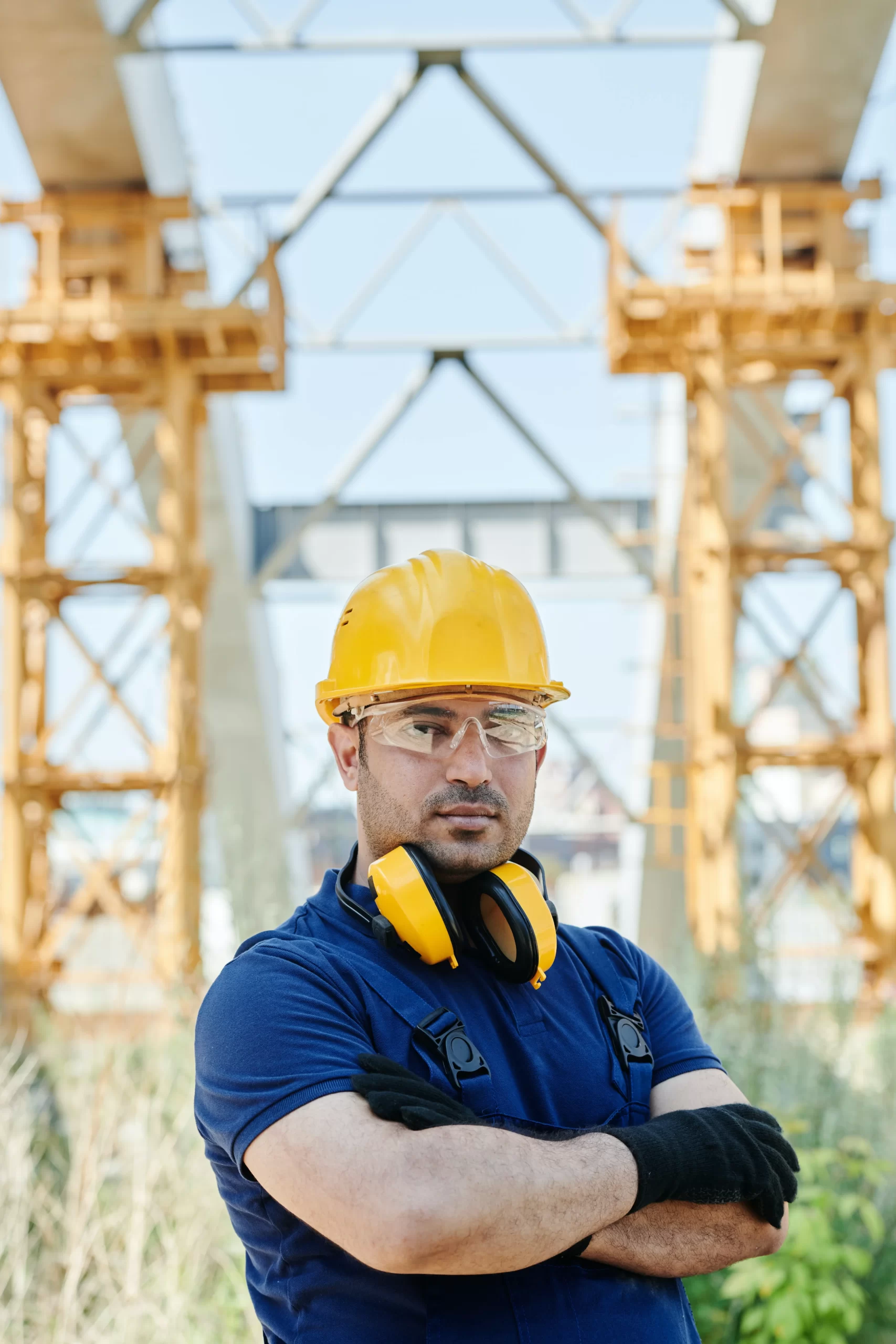

The Best Practices in Maintenance and Reliability course provides an overview of the key concepts, strategies, and techniques used in the maintenance and reliability field. The course covers topics such as preventive maintenance, condition-based maintenance, root cause analysis, reliability-centered maintenance, asset management, and predictive maintenance. Participants will learn how to develop effective maintenance and reliability strategies, how to identify and mitigate risks, and how to use data analytics tools to optimize asset performance. The course is designed for professionals who work in the maintenance, reliability, and physical asset management fields and want to improve their knowledge and skills in this area.
Best practices in maintenance and reliability refer to a set of strategies, processes, and techniques that are widely recognized as effective in achieving optimal performance and efficiency of physical assets.
Examples of best practices in maintenance and reliability include preventive maintenance, condition-based maintenance, root cause analysis, reliability-centered maintenance, asset management, and predictive maintenance.
Best practices in maintenance and reliability are important because they help organizations to reduce downtime, minimize costs, improve safety, and extend the life of their physical assets.
How can organizations implement best practices in maintenance and reliability? A: Organizations can implement best practices in maintenance and reliability by developing a comprehensive strategy that includes setting clear objectives, establishing effective processes, training staff, using data analytics tools, and regularly monitoring and evaluating performance.

Bangalore, India
We are eager to working with you
Effortlessly create, assign, and monitor in real-time